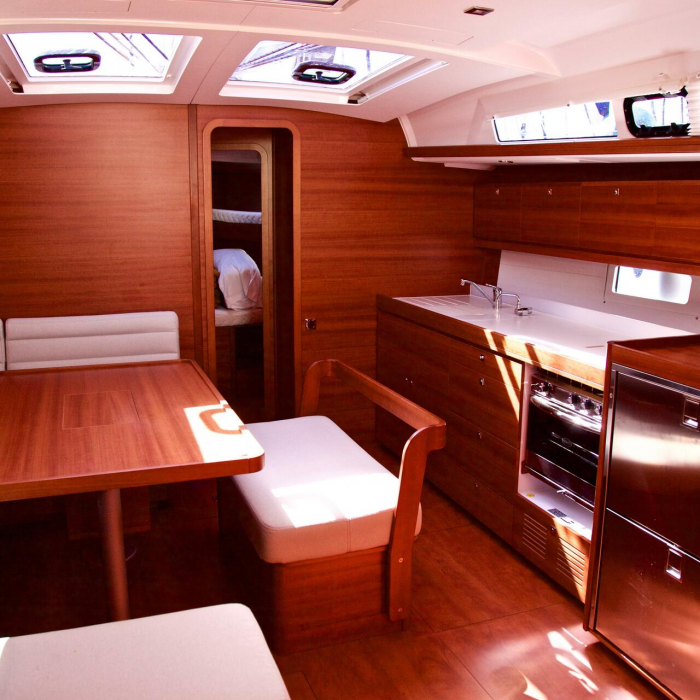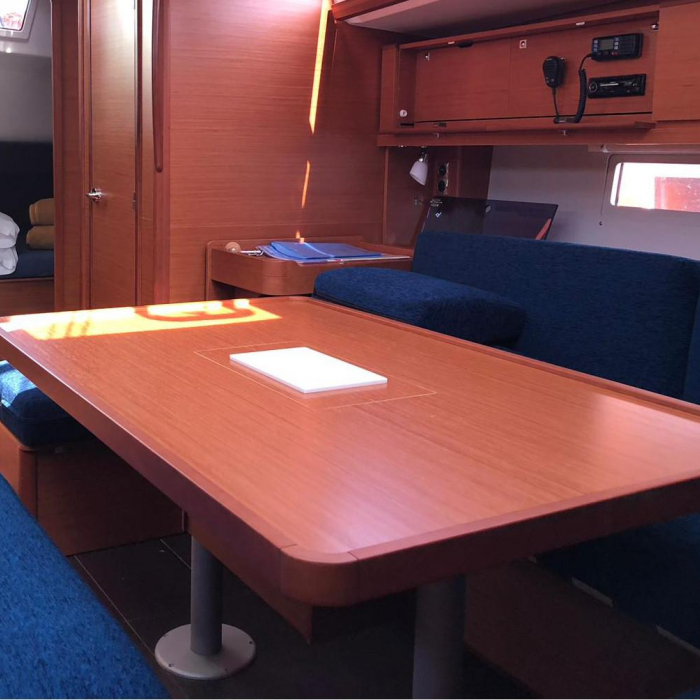Yacht Charter Santa Cruz de Tenerife
Alboran Charter

Alboran Charter

Alboran Charter

ECC Yacht Charter

Viva Yacht Charter

Alboran Charter

Viva Yacht Charter

ECC Yacht Charter

ECC Yacht Charter

Viva Yacht Charter

Save to selection
The winds of Santa Cruz de Tenerife
Mistral (NW)
Mistral winds are cold and dry winds that originate in the Rhône Valley and can affect the western Mediterranean, including the area of Santa Cruz de Tenerife in Spain. These winds are most commonly experienced in the winter and spring months and can reach speeds of up to 120 km/h, making them a significant weather event for the region. The Mistral wind is known for its strong gusts and can cause damage to buildings, power lines, and trees. It can also make travel difficult, especially for high-sided vehicles and boats. If you are traveling to Santa Cruz de Tenerife during the winter or spring months, it is advisable to check the weather forecast and be aware of the potential for strong winds.
Mistral (NW)
Santa Cruz de Tenerife, located on the northeast coast of Tenerife, can experience the Mistral winds, which are characterized by a strong, cold, and dry northerly flow of air that can bring cooler temperatures and clear skies to the area.
Bora (NE)
The Bora wind is a cold and gusty wind that originates in the eastern Adriatic and can affect the western Mediterranean, including the area of Santa Cruz de Tenerife in Spain. It is most commonly experienced in the winter months and can reach speeds of up to 100 km/h, making it a significant weather event for the region. The Bora wind is known for its strong gusts and can cause damage to buildings, power lines, and trees. It can also make travel difficult, especially for high-sided vehicles and boats. If you are traveling to Santa Cruz de Tenerife during the winter months, it is advisable to check the weather forecast and be aware of the potential for strong winds.
Bora (NE)
Santa Cruz de Tenerife, located on the northeast coast of Tenerife, can experience the Bora winds, also known as the "Levante" winds. These winds are caused by high-pressure systems over the eastern Atlantic and can bring strong northeasterly gusts of up to 70 km/h and cooler temperatures to the area.
Tramontana (N to NW)
The Tramontana wind is a cold and gusty wind that originates in the Pyrenees Mountains and can affect the western Mediterranean, including the area of Santa Cruz de Tenerife in Spain. It is most commonly experienced in the winter and spring months and can reach speeds of up to 120 km/h, making it a significant weather event for the region. The Tramontana wind is known for its strong gusts and can cause damage to buildings, power lines, and trees. It can also make travel difficult, especially for high-sided vehicles and boats. If you are traveling to Santa Cruz de Tenerife during the winter or spring months, it is advisable to check the weather forecast and be aware of the potential for strong winds.
Tramontana (N to NW)
Santa Cruz de Tenerife, located on the northeast coast of Tenerife, can experience the Tramontana winds, which are characterized by a strong, cold, and dry northerly flow of air that can bring cooler temperatures and clear skies to the area. The Tramontana winds can also cause damage to buildings and infrastructure, as well as create hazardous conditions for outdoor activities such as sailing and hiking. However, they can also help to clear out air pollution and bring relief from hot and humid conditions.
Jugo (SE)
The Jugo wind is a warm and humid wind that originates in the eastern Mediterranean and can affect the western Mediterranean, including the area of Santa Cruz de Tenerife in Spain. It is most commonly experienced in the autumn and winter months and can bring with it heavy rain and rough seas. The wind is caused by low pressure systems that form over the western Mediterranean and can reach speeds of up to 60 km/h. The Jugo wind can cause travel difficulties, especially for boats and high-sided vehicles, and can also lead to coastal flooding and erosion. If you are traveling to Santa Cruz de Tenerife during the autumn or winter months, it is advisable to check the weather forecast and be aware of the potential for strong winds and heavy rain.
Jugo (SE)
Santa Cruz de Tenerife, located on the southeast coast of Tenerife, can experience the Jugo winds, also known as the "Sirocco" or "Leveche" winds. These winds are warm and humid and can bring high temperatures and high levels of humidity to the area. When the Jugo winds blow, they can also bring dust and sand from the Sahara desert, which can create hazy conditions and reduced visibility. While the Jugo winds can create uncomfortable conditions for locals and tourists alike, they can also provide relief from cooler temperatures and dry conditions.
FAQ
Free Deposit Pack
With FDP (Free Deposit Pack), you have the chance to avoid a full security deposit and lock in your funds. Just pay 20% upfront (non-refundable), and experience a hassle-free journey. * The price of the FDP rises to 25% if booked less than 30 days before the charter.












































































































